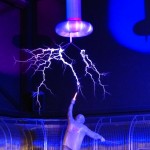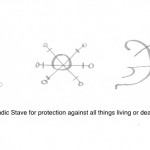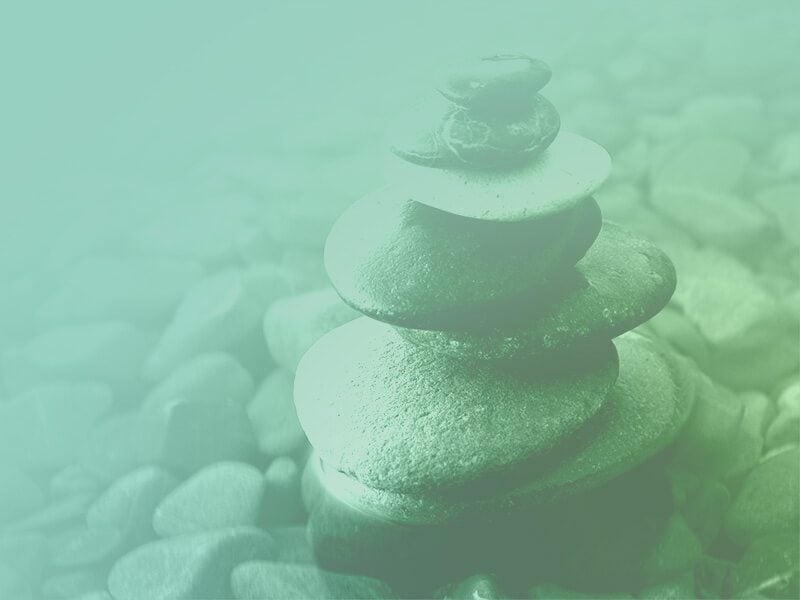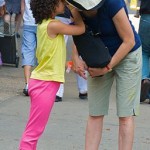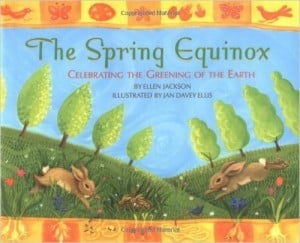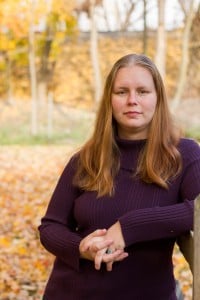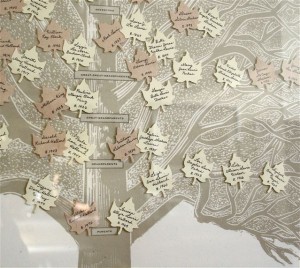
used under a creative commons license
This month, Pagan Families is hosting a discussion on “what makes a family?”, exploring the many different approaches to parenting and family in our community. I have always loved the metaphor of the family tree. I was raised with a strong sense of family; not just our own immediate circle, but great-aunts and uncles and cousins twice removed, playing with children whose last names branched out from ours three or four generations ago. When I was in elementary school, a great aunt and uncle of mine started a week-long summer camp at their house in the country just for their far-flung nieces and nephews – and around fifty kids came out each year! My grandmother always loved to tell stories about her parents and grandparents, and would always help us kids figure out exactly where our family trees met up.
Though much of my family has become more spread out over the country, this is something that I want to pass on to my own children. Neither my siblings nor my husband’s are having children any time soon, if at all, so I want my children’s second and third cousins to play a large part in their life. You see, I operate on a slightly different version of the family tree than most; perhaps more like the gathering of trunks and intertwining branches one would find in a thicket. I envision the roots as our ancestors, those who came together to give me and my children life. But spreading out from those roots are so many trunks, so many branches, so many living people that are all part of our history, our family, our future.
The family tree certainly isn’t all biological, either. I myself struggled greatly with this concept; growing up as a (half) adopted kid in a family that placed such a great value on its family-ness often left me feeling like the odd one out. In high school, I discovered that most of my cousins didn’t even know I wasn’t biologically related to them, it was such a complete non-issue for the “grown-ups”. Strangely enough, it’s something that I didn’t fully accept until I married my husband; his family took me in so readily and completely, like it was the most natural thing in the world, and I finally understood that biological relations, while still important, weren’t what makes a family family.
As a child of divorced parents, it makes my family tree even more complicated. Step-siblings and parents, some of whom I’m close to and some I don’t get to spend much time with, have greatly expanded my family. My children have three sets of grandparents (and five sets of great-grandparents they’re close to)! We regularly attend quite a few Christmas and Easter celebrations, and that’s just on my side of the family. And again I see that biology isn’t what makes a family. My step-dad’s parents and siblings are just about the sweetest people on Earth; and since most of his siblings have children roughly the same age as mine, it’s like having older sisters and brothers around to talk life with.

Photo by Ethel Aardvark
used with a creative commons license
I sometimes think about the other half of my biology; a half that unfortunately, all I know about is bad things. I made a decision long ago that it wasn’t in my or my family’s best interest to seek out that history. That, though this person contributed to my DNA, they did not shape who I am as a person. What makes a family tree is the roots and the branches – shared pasts, and shared futures. Some family we are born with, and some family we make; by inviting people into our lives and letting them share these family experiences with us. Though my immediate family strongly resembles the nuclear “ideal” of mother, father, and 2 1/2 (okay, three!) kids, that’s not what I think of when I think of my family. My family is all those people I have chosen to share my life with, to share my children’s lives with. My family tree goes deep into the earth, far back into the past – and spreads its many trunks and branches high to the sky, interweaving with one another to become a big, intergrown tangle of family!

